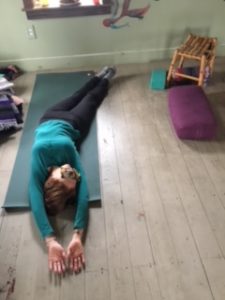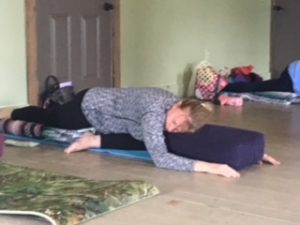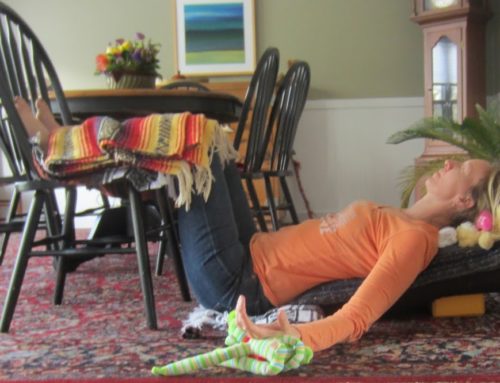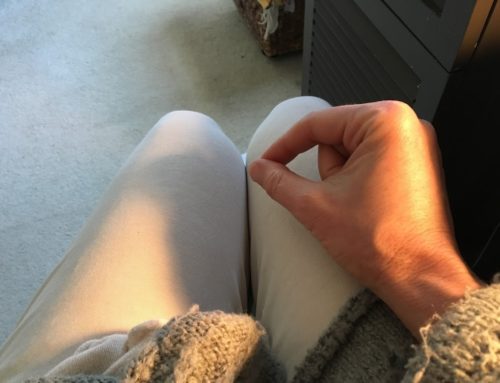How many of us want to not live in our bodies and escape the pain, sensations and reminders that we are a living, changing, adapting being? How many of us push feelings, emotions down into physical parts of us? There is no way to hide from the body and mind connection. We may run or hide from it but eventually it catches up in the form of dis-ease, discomfort and disharmony. What if we could ditch the “dis’s” and have ease, comfort and harmony. Let’s delve into Embodiment which brings us to a deeper awareness through the senses of you, body and mind and even, spiritual. A FELT experience.
Embodiment involves learning through our sensory inputs of touch, sight, taste, hearing, smelling as well as an awareness of where our body is in space and time. If we keep shifting our awareness to how our body feels, we may discover how our moods and thoughts affect how we feel in our body. Even our language can be a felt experience. For example, the way we may negatively talk about our body parts, “my bad knee”, may adversely affect your knee. Repeat that over a long period of time and healing the knee may not happen.
What can we do to learn how to embody ourselves and be more in tune with our bodies which may be a mirror for all the other parts of our being? Check with your posture for one. How are you holding yourself up? I went to a Yoga Research conference some years ago at Kripalu, and Bo Forbes, Yoga Therapist for Emotions, had us walk around the room all slumped over and the effect was immediate. Our moods dampened, our interaction with others was broken down and I could feel my energy draining. The postural exploration of overarching, neck and teeth clenched had the opposite effect and I could feel all kinds of anxiety welling up. Use this checklist to find the posture that brings you into balance, both physically and emotionally.
- Are your feet firmly planted on the floor?
- Are your joints and bones of the body aligned for optimal circulation?
- Can you contract your muscles enough that you may feel a slight hugging in towards the bones but does not bring up tension in the body?
- Notice any overall tension in the body or in specific areas.
- Notice your breath, is it calm?
- Can you feel your belly expand on the inhale, and contract on the exhale?
- The core muscles are slightly contracted, supporting the spine.
Now how does this feel to you? What mood are you in? What do you think you are expressing, projecting outward? What are you feeling towards yourself? Can this balanced posture move you forward in your goals, both figuratively and literally?
Breath
Humming Breath (Brahmiri)
- Excellent for speeding up the healing of body tissues
- Alleviates stress and tension, anger, anxiety, asthma, insomnia, and high blood pressure
- Strengthens the voice and relieves thyroid ailments
- Benefits are enhanced when practiced after Nadi Shodhana
- Balance air and ether, especially in the vata Fall season (Ayurvedic)
- Sit comfortably, with lips closed and teeth slightly opened. Make sure the jaw is relaxed.
- Raise the arms to the sides, bend the elbows, and bring the hands to the ears, plugging the ears with the index or middle fingers.
- Bring the awareness to the center of the head (ajna chakra) and keep the body still.
- Inhale through the nose, and while exhaling make a deep, steady humming sound like a bee for the duration of the exhale.
- Then, while inhaling, contract the throat to produce a humming sound on inhalation (if this sound is difficult to make at first, focus only on producing the sound while exhaling).
- Practice 5 rounds, ending with a humming exhale.
Poses
Supported Pigeon Variation
Props: bolster, 1-2 blankets
Benefits: hip opener, grounding, stretches the psoas, slight chest opener
Place bolster lengthwise on mat or floor and one or two folded blankets a foot away from bolster, next to each other. Come to table position and guide your right leg, bent, in front of the bolster. The back leg rests on the blankets, ankle supported. Recline over the bolster, bringing arms to either side and turn your head to a comfortable side. Add a rolled up blanket or block under the right hip to keep the pelvis level. Stay 5 minutes and then switch sides. More of Yin practice as there is a little muscular effort.
Half Moon Pose
Props: blanket for warmth
Benefits: circulation, increase mobility in diaphragm, support range of motion in shoulders
Lying on the floor, arms extended by your ears, slide the arms to the right (without lifting the left shoulder off of the floor) and then slide the legs over to the right as well (without the left hip rising off of the floor). Toes can be flexed, fingers resting gently. Move breath into left side body, long exhalations to release tension. Stay for 5 minutes and then switch sides. Modify to bring one or both arms to Goddess or to a “T” if they are tight.





Leave A Comment